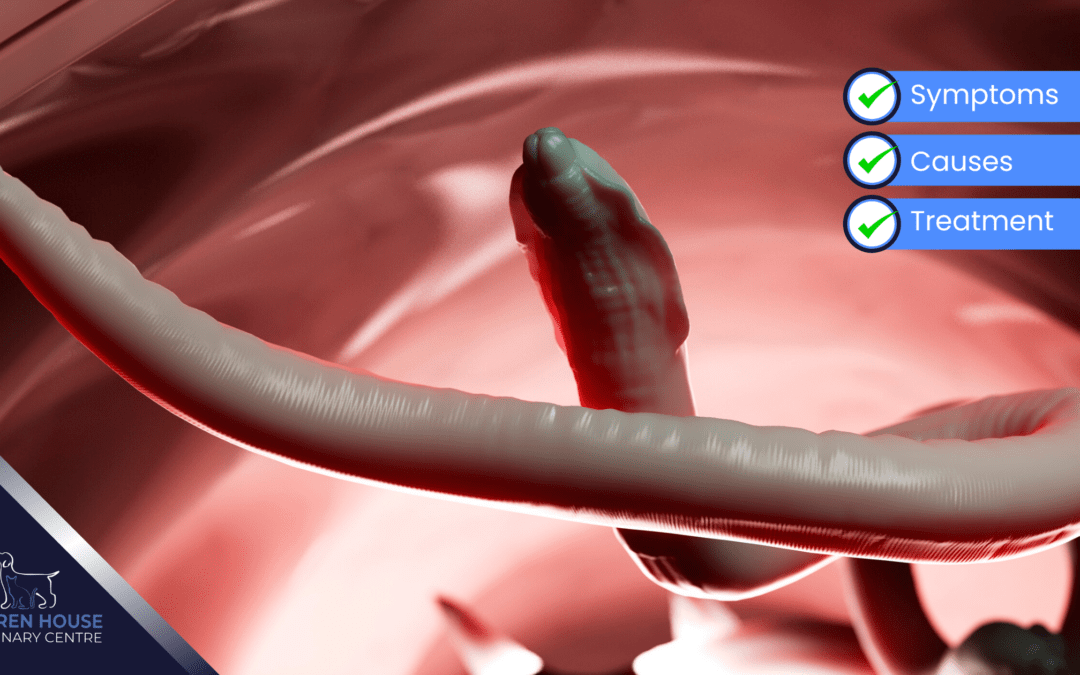Roundworms are very common in the UK – in fact, studies have shown that over 20% of dogs and cats can become infected at any time!
This means your dog is at risk of catching worms every time you go outside. Picked up in faeces or even contaminated soil, roundworms can cause diarrhoea and poor growth, and pose a risk to human health.
What are roundworms?
Roundworms in dogs are white, round-bodied worms, and can get up to 18cm long! These worms spend most of their life within the gut of dogs, feeding on intestinal contents.
In cats, roundworms are brownish-yellow, round-bodied worms, and can get up to 10cm long! These worms spend most of their life within the gut of cats, feeding on intestinal contents.
Roundworms reproduce by laying eggs within the intestine. These eggs are passed out with faeces, mature for up to seven weeks, and then become infectious.
Dogs and cats then ingest these infectious eggs, which hatch into larvae. Importantly, larval roundworms can travel out of the gut to a wider range of tissues, including multiple organs such as the liver and lungs, skeletal muscle and the gut wall, where they may form cysts.
This allows dogs and cats to maintain a level of infection, and bitches can pass on infections to their puppies & kittens via the placenta or milk.
This infection of puppies & kittens is the most common route of infection.
Sadly, toxocara can also infect humans and, while usually harmless in adults, can cause serious damage to children’s eyesight.
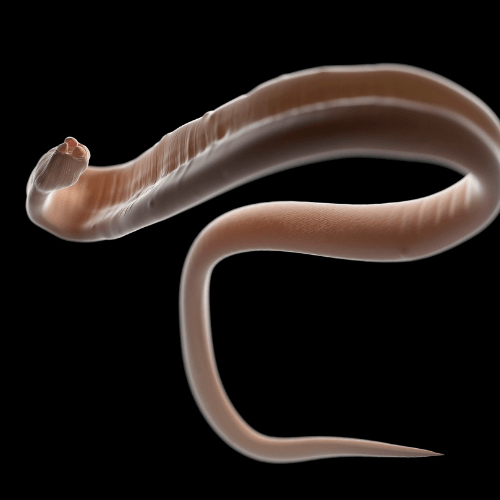
How can my pet get roundworms?
- By eating infectious eggs, in contaminated soil or faeces
- By eating another infected animal, which can include rats or birds
- Puppies & kittens can get roundworms through their mother’s milk
- Puppies & kittens can be born infected if their mother is infected
What are the signs of a roundworm infection?
In a healthy, adult cat or dog there may be no outward signs of a roundworm infestation beyond visible adult worms in the faeces or vomit. However, in severe infestation, or in dogs or cats that are very young or have a poor immune system, you may also see:
- A pot belly
- Diarrhoea
- Weight loss, or poor growth
- Poor coat quality
Sadly, a heavy infestation in a young kitten can even be enough to kill.
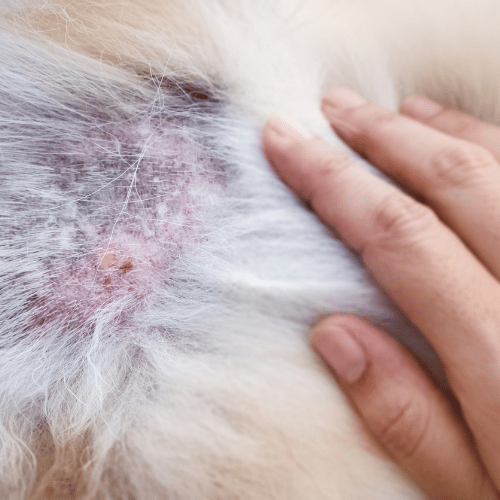
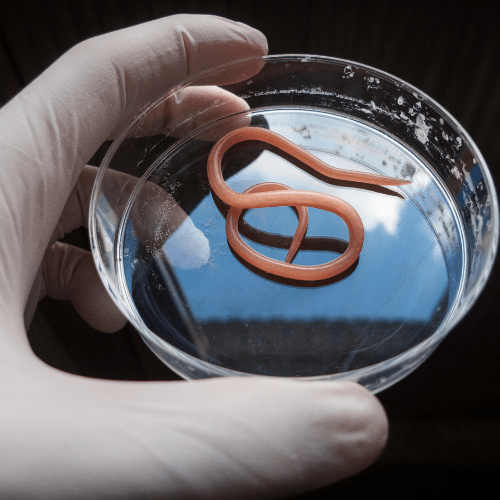
How to prevent roundworm?
Although you can’t completely prevent your pet’s exposure to roundworms, there are many options to prevent infestations. Worming treatments, available as tablets or spot-ons, often target multiple parasites. The best approach depends on your pet, lifestyle, and the season, so consult your vet for the most effective regimen. Always speak to your vet about the best treatments, as many over-the-counter options are less effective.
Can roundworms affect my health?
Sadly, humans can also become infected with toxocara, and this includes toxocara found in dogs and in cats.
Many people who are infected with toxocara roundworms show no signs at all. However, some people, especially those who are young, or have a poor immune system, can develop problems as the larvae can migrate to the organs and the eye.
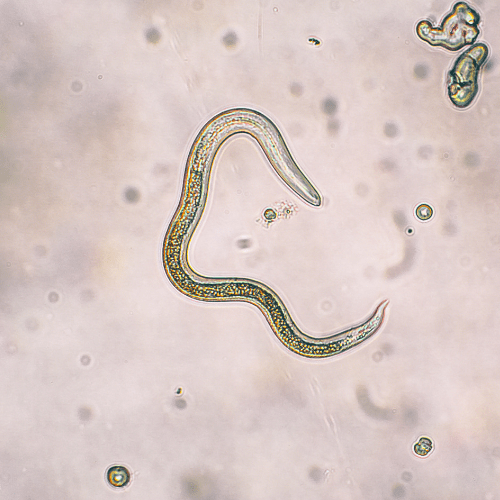
Hookworms
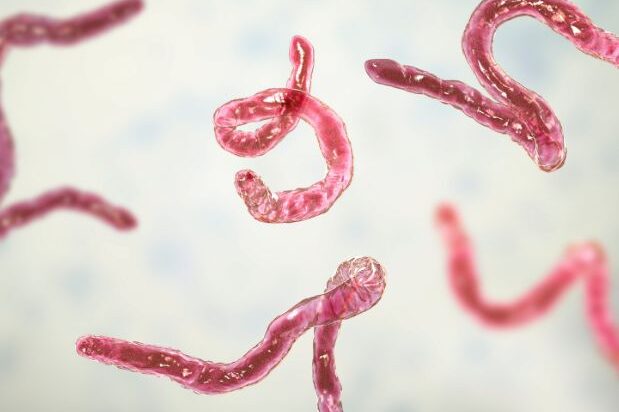
Hookworms are a small type of roundworm and grow up to 16 mm in length. Despite their small size, however, they can still cause problems in our cats, although much less frequently than in dogs. Using sharp jaws, hookworms latch on to the inside of the wall of the small intestine and feed off blood from the small vessels there.
Lungworms
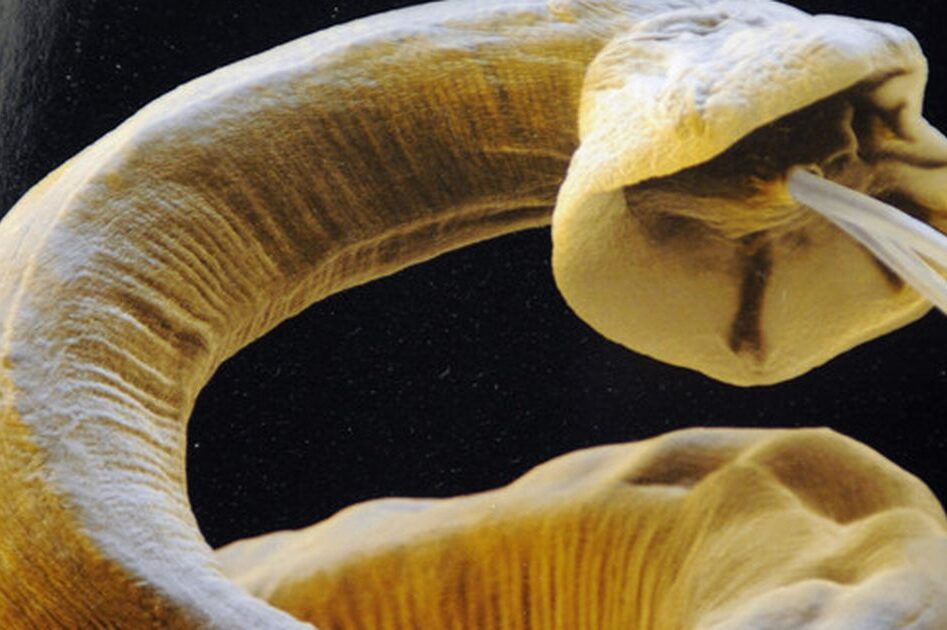
Lungworms are short worms, only reaching 2.5cm in length as adults, which live within the chambers of the heart of our pets, and in the artery that connects the heart to the lungs. Despite their main home being in the heart, these worms are called lungworms as they cause mainly lung-related signs such as coughing.
Protecting your family’s health
Make sure your pets are kept up-to-date with their worming treatments
- Promote handwashing after playing with pets, or playing outside
- Clean up after your pet as quickly and frequently as possible
- Teach children it can be dangerous to eat soil
We hope this information has been helpful to you, for more information or questions regarding roundworms, please don’t hesitate to get in touch with our team.
Thank you for reading, until next time…

